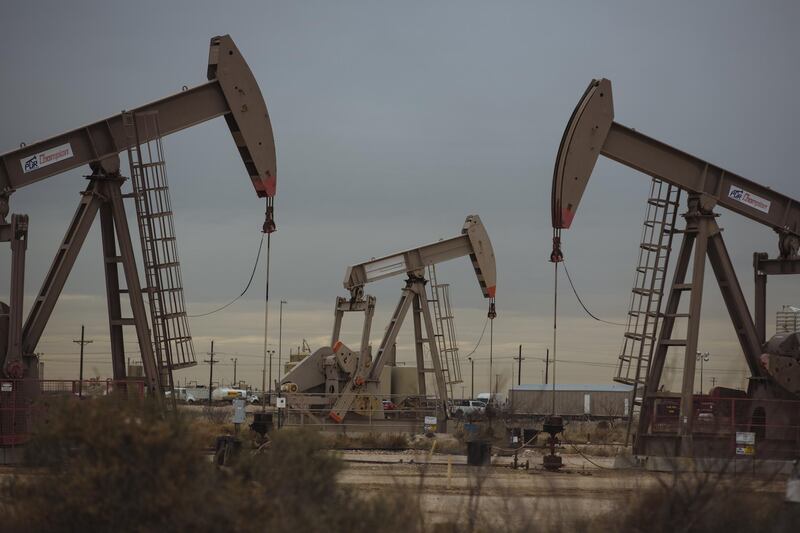Oil is caught in a tug of war between the bulls and the bears due to lack of a strong direction and market developments that offset each other. A case in point is Libya’s biggest oilfield, which has just restarted, pressuring the commodity's price downwards. A few days before the development in Libya, however, crude oil rose on news that a production terminal in Nigeria had shut down following an explosion.
There are more factors in the oil markets that reflect these two examples. US Shale production keeps rising, sometimes offsetting Opec’s supply cuts and keeping prices rangebound. In other drivers, US-China trade deal optimism is countering negative sentiment about China’s slowdown. This pattern could be interpreted as positive news for the oil markets. After a sharp slump followed by a steep recovery, it could mean prices are more likely to stabilise now, possibly meaning a base-case scenario of $60 to $70 in the initial part of the second quarter.
A trade deal between the US and China is a key factor for the bulls. At the time of writing, optimism is riding high that the countries’ leaders President Donald Trump and President Xi Jinping can reach an agreement later in March. Signals from both sides appear to be positive after negotiations made significant progress towards a deal.
On the other side of the coin, there are more indications that China’s leadership is concerned over gross domestic product growth following the government’s revised expectations for full-year results to range between 6 and 6.5 per cent. This could potentially indicate a reduced level of demand for crude oil, and keeps the bears satisfied about the potential downside for the oil price.
Opec and its allies are doing a good job of balancing the oil markets, maintaining supply cuts as needed and responding in a timely way to the threat of an oversupply. This factor is on the bullish side for oil and it appears the lesson has been well-learnt from the dramatic slump in prices that shocked the markets in 2014-15. However, the bears are taking advantage of price slips whenever US Shale makes headlines about its ever-increasing production levels. This has been the case for several years and could continue to challenge the balance in the medium term, particularly if US rig counts continue to rise.
One change that could end up dominating the trend either way is the trade deal between China and the US. If it’s agreed, China could be back on the road to more robust growth, meaning stronger demand for oil and support for the commodity’s price. If trade tensions continue and a deal is not reached, there’s an increased risk of lower aggregate demand for oil and a knock-on pressure on the price. Which side will win the tug of war depends on further developments in the trade negotiations between the world’s two largest economies.
Hussein Sayed is the chief market strategist at FXTM







